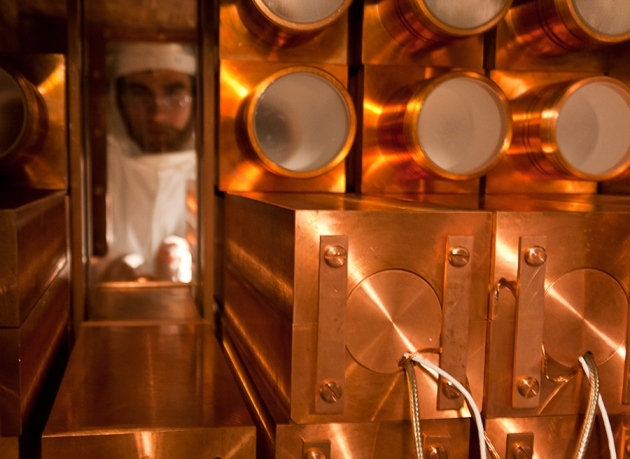Controversial dark-matter claim faces ultimate test

Multiple teams finally have the material they need to repeat enigmatic experiment.
Davide Castelvecchi
05 April 2016
It is the elephant in the room for dark-matter research: a claimed detection that is hard to believe, impossible to confirm and surprisingly difficult to explain away. Now, four instruments that will use the same type of detector as the collaboration behind the claim are in the works or poised to go online. Within three years, the experiments will be able to either confirm the existence of dark matter — or rule the claim out once and for all, say the physicists who work on them.
“This will get resolved,” says Frank Calaprice of Princeton University in New Jersey, who leads one of the efforts.
The original claim comes from the DAMA collaboration, whose detector sits in a laboratory deep under the Gran Sasso Massif, east of Rome. For more than a decade, it has reported overwhelming evidence1 for dark matter, an invisible substance thought to bind galaxies together through its gravitational attraction. The first of the new detectors to go online, in South Korea, is due to start taking data in a few weeks. The others will follow over the next few years in Spain, Australia and, again, Gran Sasso. All will use sodium iodide crystals to detect dark matter, which no full-scale experiment apart from DAMA’s has done previously.
See full text